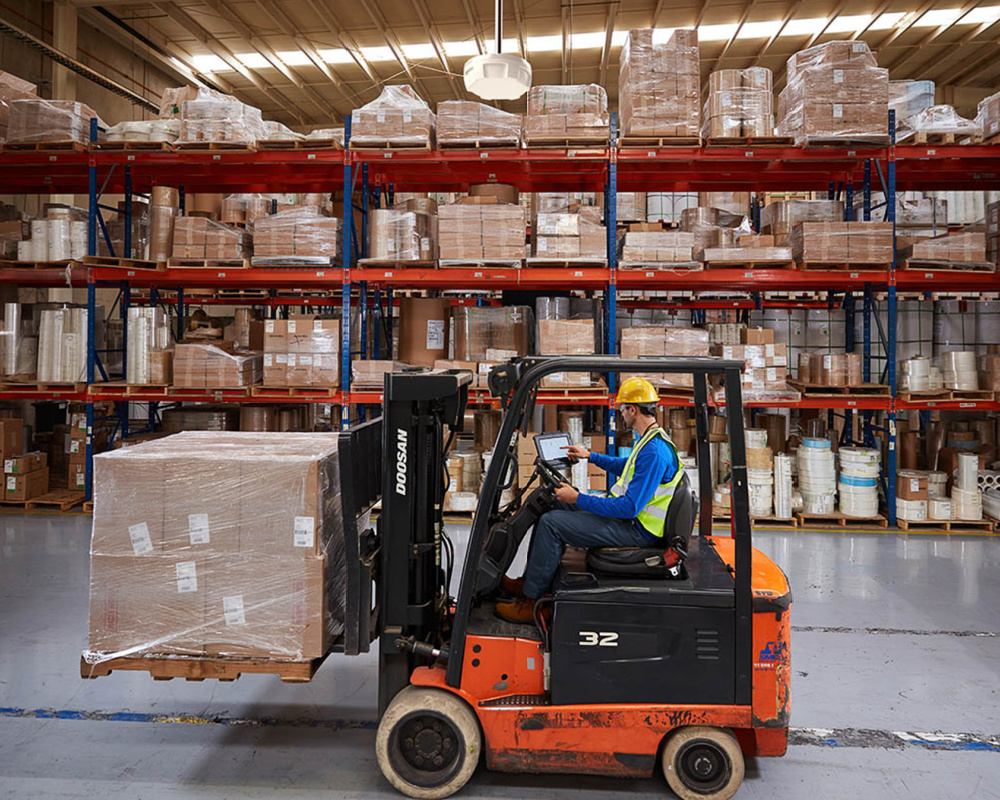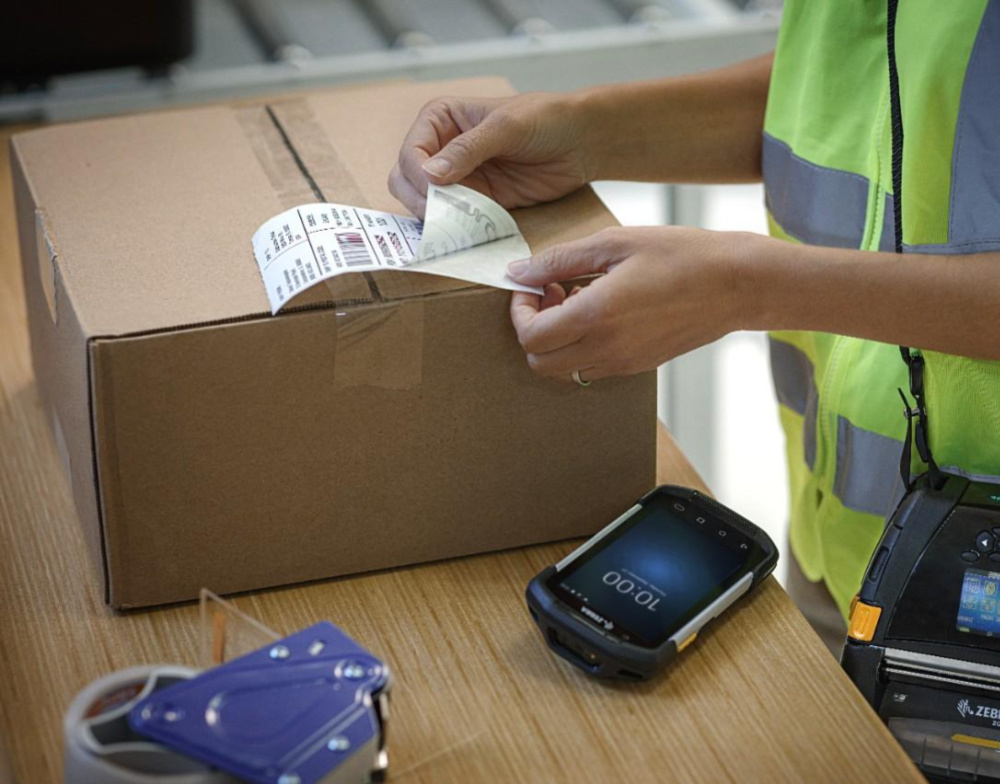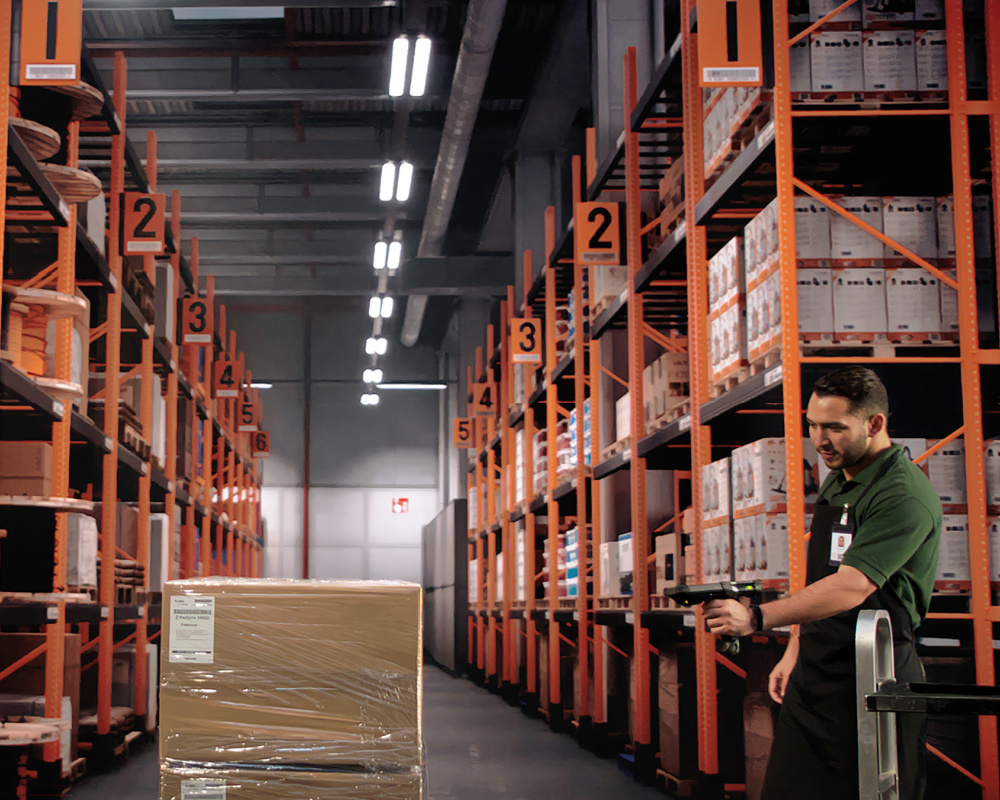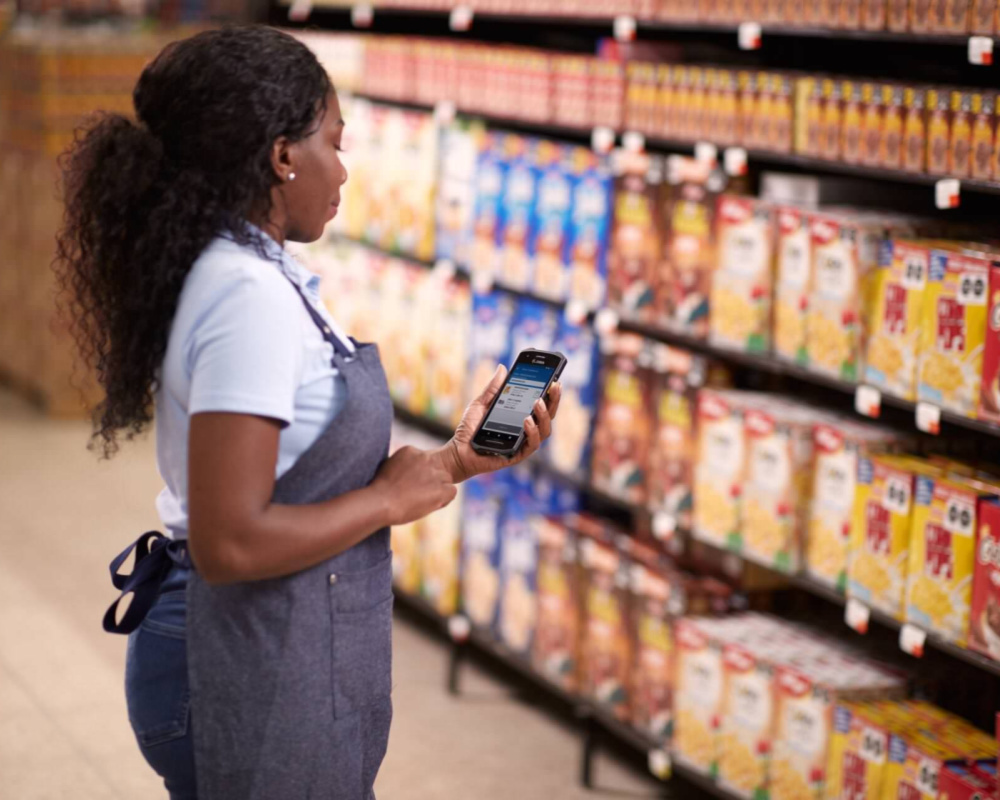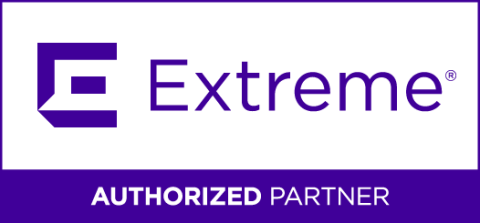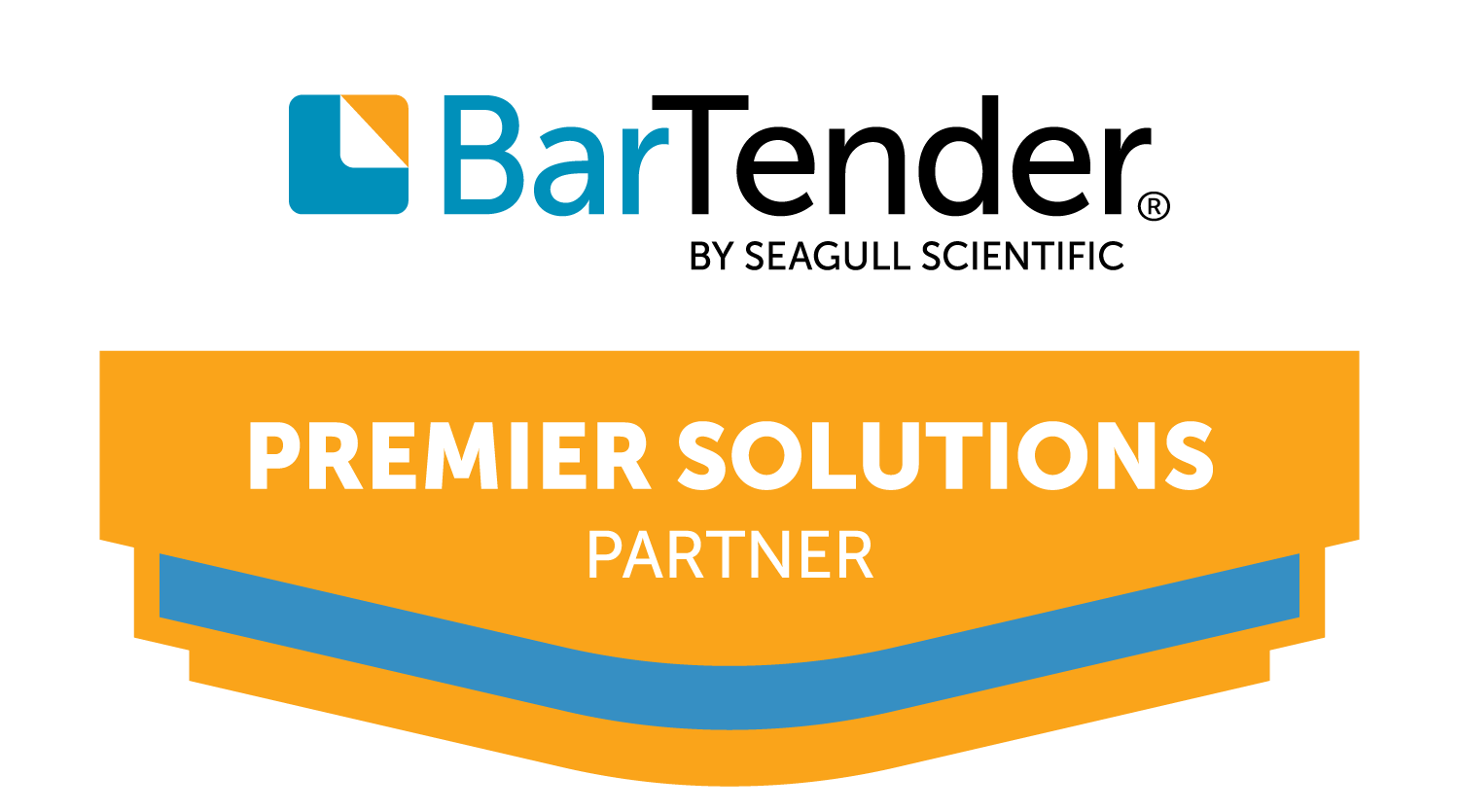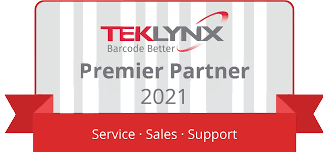
In the ever-evolving landscape of the food industry, ensuring food safety is now more crucial than ever. To meet this challenge head-on, organizations are embracing cutting-edge technologies. A comprehensive approach integrating Automatic Identification and Data Capture (AIDC), the Internet of Things (IoT), environmental sensing solutions, and even blockchain is emerging as a transformative force in prioritizing food safety throughout the cold chain.
Challenges in Maintaining Food Safety
Several challenges persist in maintaining food safety within the cold chain, posing risks to the quality and integrity of perishable goods. Some current issues include:
-
Temperature Fluctuations: Ensuring consistent temperatures across the cold chain is complex. Variations during transportation, storage, or handling can compromise perishable items, leading to spoilage or the proliferation of harmful microorganisms
-
Inadequate Monitoring and Data Visibility: Limited visibility into cold chain operations can result in inadequate monitoring. Real-time data on temperature, humidity, and critical factors is essential to promptly identify deviations and implement corrective measures.
-
Supply Chain Complexity: The global nature of food supply chains introduces complexity, requiring coordination and adherence to safety standards across diverse geographies, suppliers, and transportation routes.
-
Manual Processes and Data Entry: Reliance on manual data entry introduces errors and delays. Human errors in recording temperature data increase the risk of overlooking critical issues in the cold chain.
-
Contamination Risks: Beyond temperature concerns, contamination risks during handling, storage, or transportation can impact food safety, compromising the integrity of perishable items.
-
Regulatory Compliance: Navigating the complex landscape of food safety regulations and ensuring compliance with evolving standards requires continuous effort.
Addressing these challenges requires a holistic and technology-driven approach that integrates advanced solutions for monitoring, traceability, and data analytics throughout the cold chain. This ensures proactive management of potential risks and adherence to the highest food safety standards.
Holistic Solutions for Cold Chain Transparency
Ready to Ensure Food Safety Across your Cold Chain?
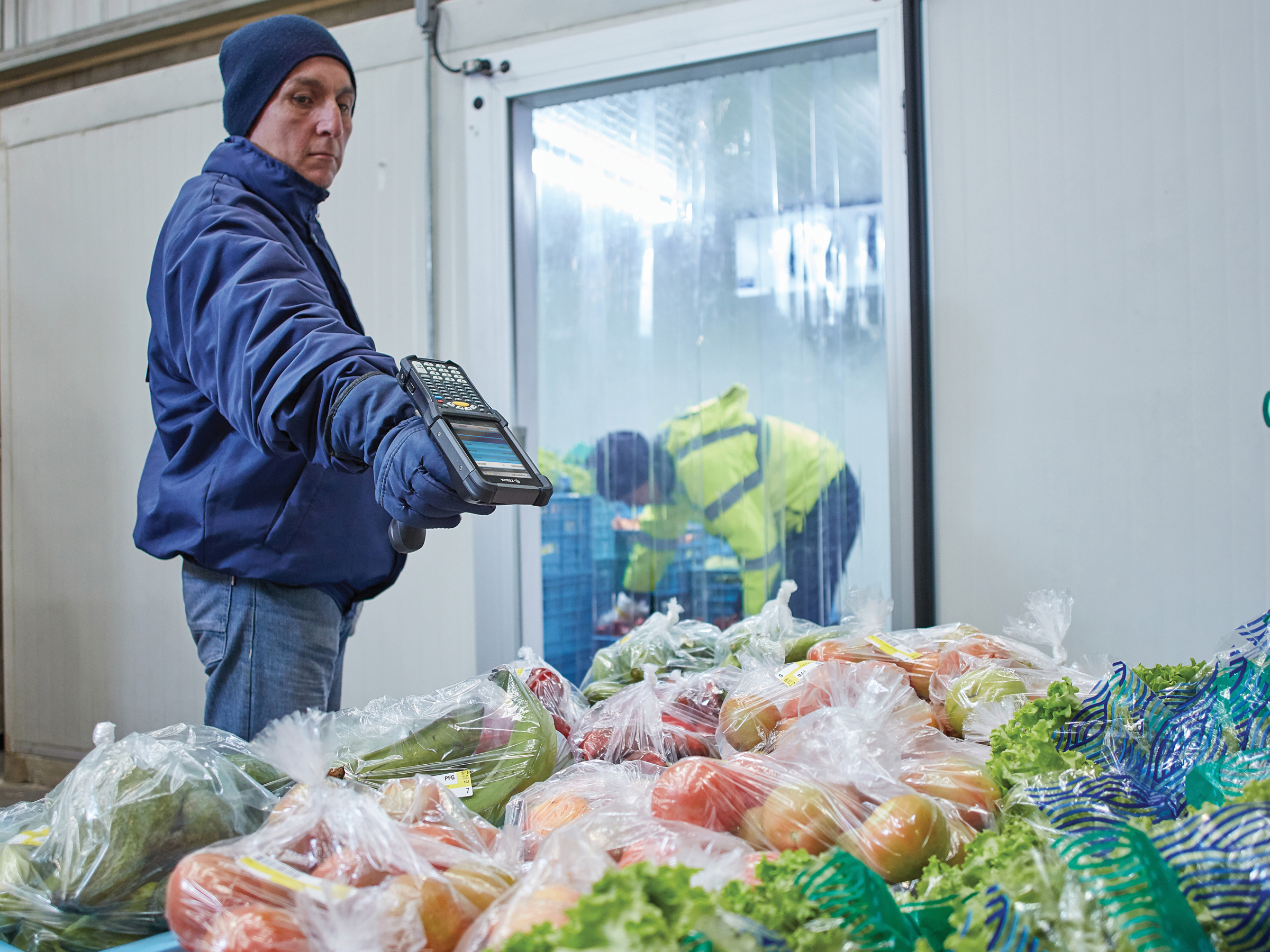
Explore Cold Chain Management Solutions
In a supply chain where products can go bad fast if they aren’t kept in the proper environmental conditions, visibility is vital. Proper cold chain management ensures the integrity and safety of temperature-sensitive products throughout the entire supply chain, from production to distribution and storage. Explore the latest cold chain solutions.
We’re Here to Help
Contact us to Start the Modernization Process
Looking for more information about a specific technology solution? Feel free to ask us about pricing, data sheets, and demos, or schedule a free in-person/online consultation for strategic guidance from one of our experts.
Fill out the inquiry form or contact us to start the process.

